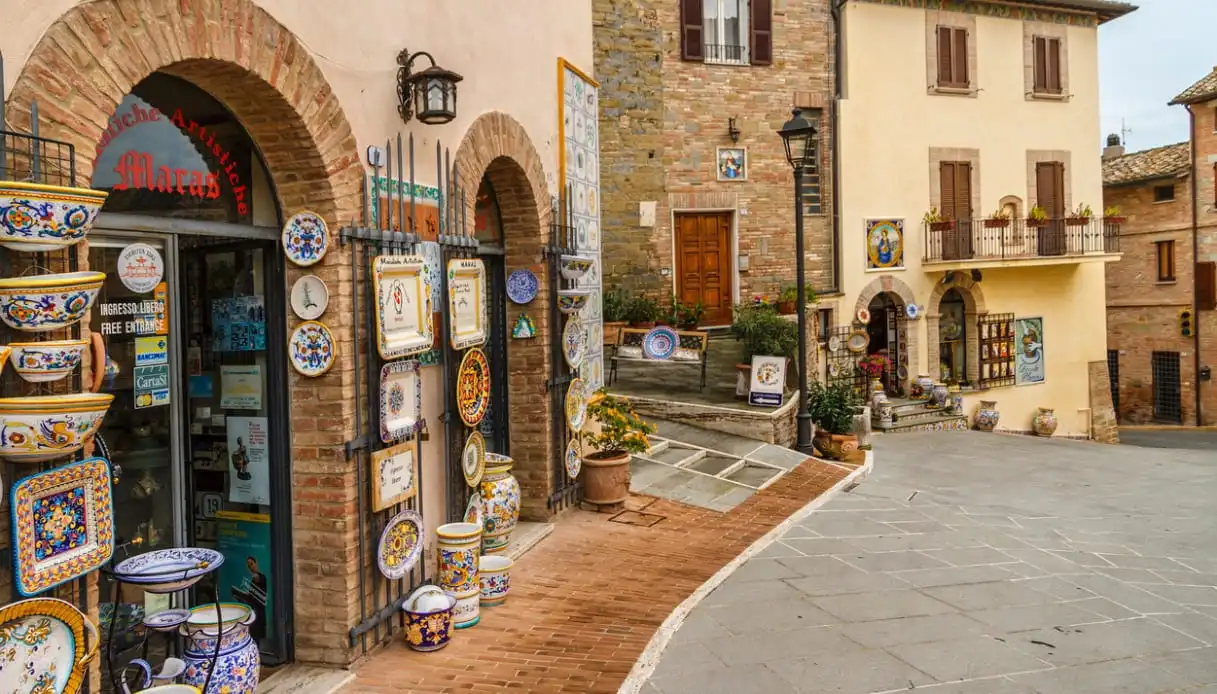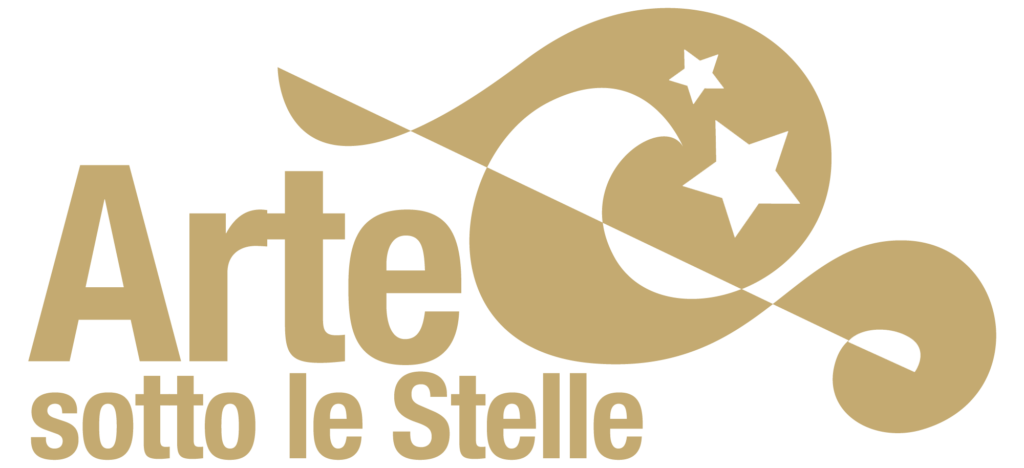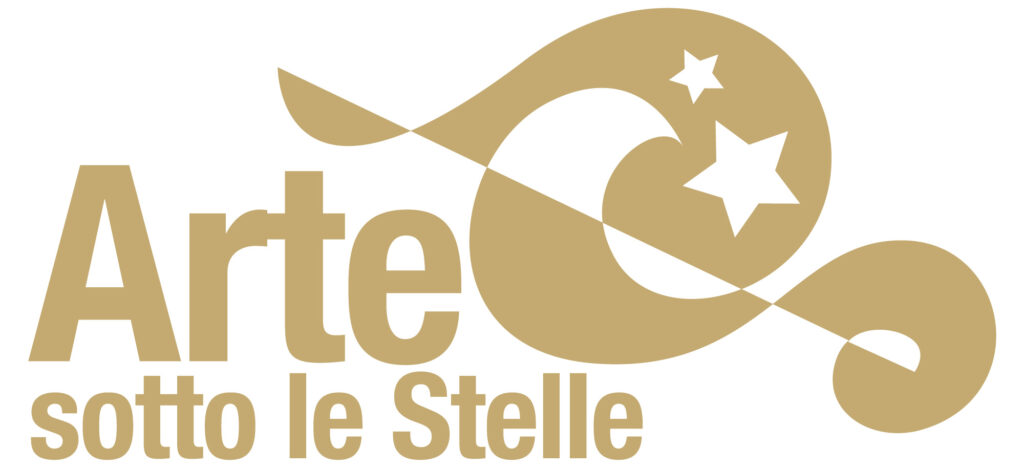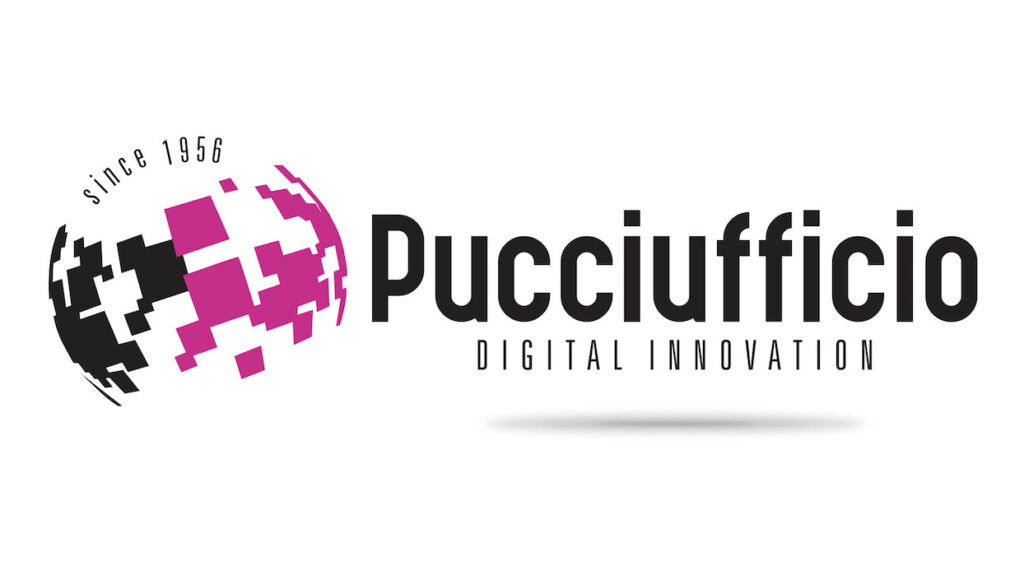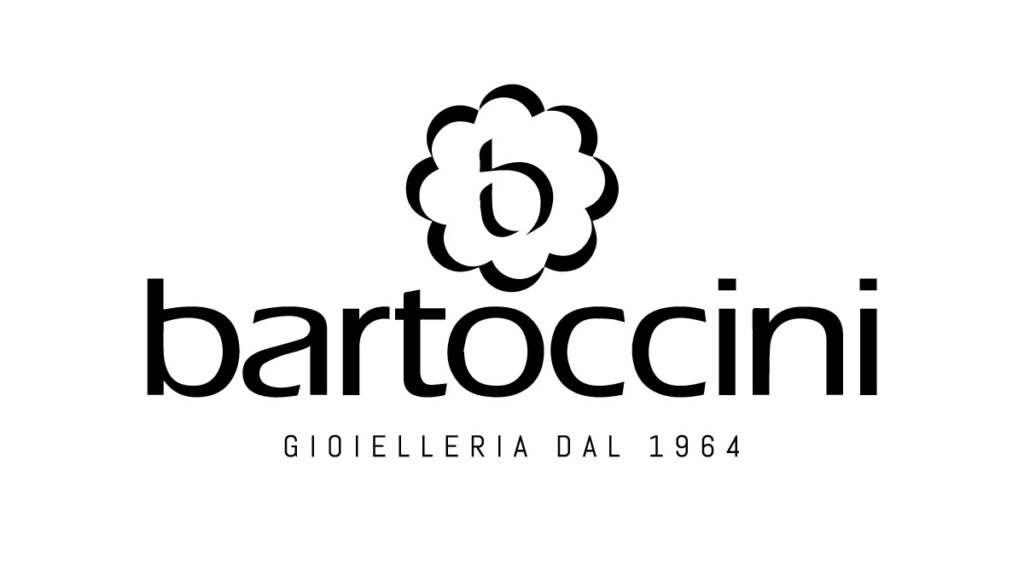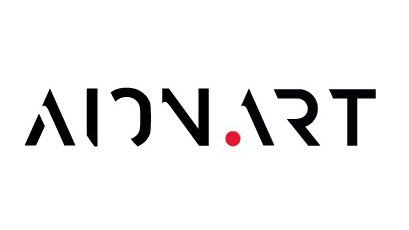Deruta
The territory that characterizes the Municipality of Deruta is famous all over the world for the ancient and refined art of ceramic production.
The town of Deruta rises on a hill, halfway between the fertile valley of the Tiber river and part of the Umbrian Valley. According to the tradition, the name was born as a variant of “Diruta”, that translates to “ruined”, recalling to the escape of the citizens of Perugia from their city, set on fire by Octavian in 40 B.C. during the civil war against Lucius Anthony. The inhabitants of the destroyed city, “diruta”, then built a new town on the hill of today’s Deruta, which took also the name of “old Perugia”.
The activity of making ceramics, considered real works of art, is attested by numerous furnaces, some of which were already active during the twelfth/thirteenth century, such as the “San Salvatore Kilns” located near the castle walls, and found in 2008. Moreover, a large number of ceramic artifacts (mugs, jugs and flasks) are preserved in the “Museum of Ceramics”, which was also connected by an underground tunnel to this archaeological area, allowing visitors to live a unique experience.
The Pinacoteca civica also house many important paintings, among which the painting executed by Perugino also shows the ancient appearance of Deruta in the Renaissance.
